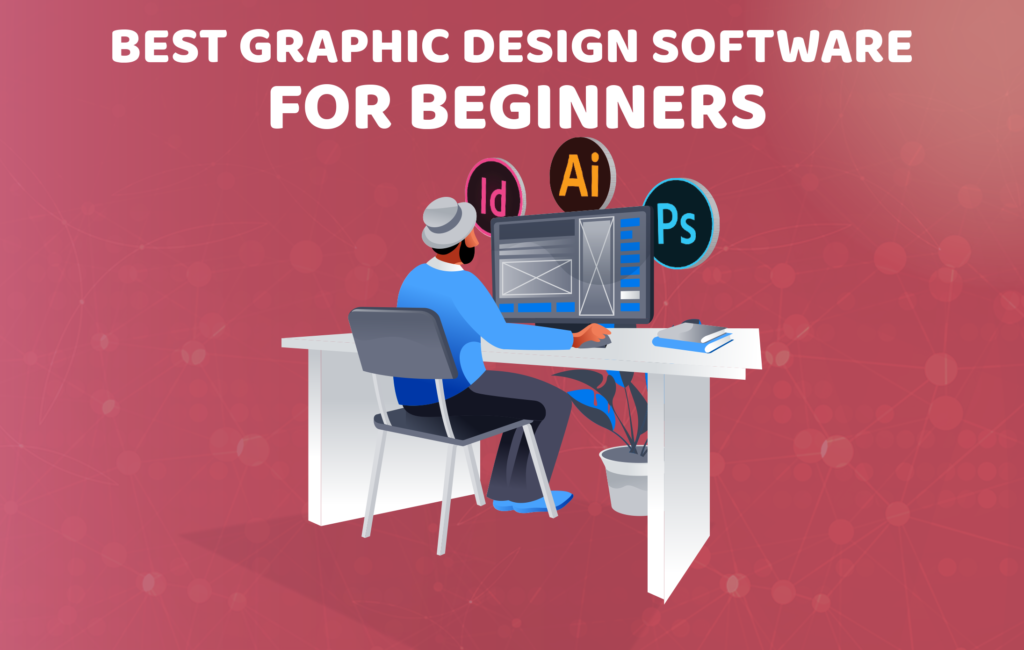Experimental Design Techniques
In the dynamic world of graphic design, pushing the boundaries and embracing experimentation can lead to groundbreaking and innovative results. In this blog, we’ll explore the concept of “Breaking the Rules” in design and delve into various experimental design techniques

Eethinking Symmtery AndBalance
Traditional design often emphasizes symmetry and balance for a harmonious composition. However, experimental design encourages breaking away from this convention. Consider asymmetrical layouts, unbalanced elements, and disrupted patterns to create visual interest and evoke a sense of unpredictability.
2. Playing with Typography
Typography is a powerful tool in design, and breaking the rules with text can yield fascinating outcomes. Experiment with unconventional fonts, irregular spacing, and overlapping text. Play with hierarchy and challenge the readability norms to convey a sense of dynamism and creativity.
3. Color Outside the Lines
Color theory provides a solid foundation, but experimental design encourages going beyond the color wheel. Break free from traditional color schemes, explore clashing combinations, and embrace gradients and duotones. Unconventional color choices can evoke emotions and make a design stand out.
4. Embracing Chaos in Composition
Challenge the traditional grid structure by embracing chaos in composition. Experiment with overlapping elements, fragmented layouts, and unpredictable arrangements. This approach can create a sense of energy and movement, guiding the viewer’s eye in unexpected ways.
5. Distorted Realities with Photo Manipulation
Incorporate surrealism into your designs by experimenting with photo manipulation. Distort, warp, and blend images to create dreamlike or abstract compositions. This technique adds an element of surprise and engages viewers by challenging their perception of reality.
6. Minimalism with a Twist
While minimalism typically emphasizes simplicity and clarity, experimental design allows for a twist on this concept. Introduce unexpected elements, break the grid in a controlled manner, or incorporate subtle complexities within a minimalist framework. This juxtaposition can create a visually intriguing experience.
7. Dynamic and Interactive Design
Explore interactive design elements that engage users on a deeper level. Incorporate animations, micro-interactions, or dynamic transitions. Breaking away from static visuals adds a layer of interactivity that can captivate and leave a lasting impression.
8. Hand-Crafted and Imperfect Elements
Challenge the notion of perfection in design by introducing hand-crafted and imperfect elements. Embrace hand-drawn illustrations, irregular shapes, and textures that convey a sense of authenticity and uniqueness. This human touch adds character and breaks away from the sterile perfection often associated with digital design.
9. Typography and Image Integration
Merge typography with imagery in unconventional ways. Allow text to interact with images, breaking free from the confines of rectangular text boxes. Experiment with text that becomes part of the image, creating a seamless fusion of words and visuals.
10. Abstract and Non-Representational Art
Draw inspiration from abstract and non-representational art movements. Use shapes, lines, and colors to convey emotions and concepts without adhering to a specific form or representation. This approach encourages viewers to interpret and connect with the design on a subjective level.

Challenges and Rewards of Experimental Design
Challenges:
- Risk of Miscommunication: Experimental design may challenge conventions, risking miscommunication if not executed thoughtfully.
- Limited Applicability: Some experimental techniques may not be suitable for all projects or audiences.
- Potential for Overwhelm: Too much experimentation can lead to visual chaos, overwhelming the viewer.
Rewards:
- Innovation and Uniqueness: Breakthrough designs often emerge from experimental approaches, setting your work apart.
- Creative Exploration: Experimentation allows designers to push their creative boundaries and discover new possibilities.
- Engagement and Intrigue: Unconventional designs can captivate audiences and spark curiosity, fostering deeper engagement.
Guidelines for Successful Experimental Design
- Purposeful Experimentation: Understand the project goals and audience before introducing experimental elements.
- Consistent Branding: Ensure experimental designs align with the overall brand identity, maintaining coherence.
- User Experience Considerations: Prioritize user experience by balancing creativity with functionality.
- Feedback and Iteration: Seek feedback from peers or clients to refine and iterate on experimental designs.
- Documentation: Document the experimentation process to learn from successes and challenges.
Case Studies in Experimental Design
1. Spotify’s Dynamic Branding:
Spotify’s ever-changing color schemes and dynamic designs showcase the potential of experimental branding. The platform adapts its visuals based on user interactions, creating a personalized and engaging experience.
2. The New York Times Magazine Covers:
The New York Times Magazine is known for pushing the boundaries of traditional cover design. Their experimental approach involves bold typography, unconventional layouts, and thought-provoking visuals that challenge the norm in the world of editorial design.
3. Sagmeister & Walsh’s Playful Designs:
The design firm Sagmeister & Walsh is renowned for its experimental and playful approach. From interactive installations to unconventional typography, their work demonstrates how breaking the rules can lead to innovative and memorable designs.
Conclusion: Embrace the Creative Rebellion
Experimental design is not about abandoning principles but rather about pushing the limits of creativity. It’s a form of visual rebellion that challenges norms, sparks innovation, and captivates audiences. As a graphic designer, don’t be afraid to break the rules, experiment with unconventional techniques, and let your creativity flow. In the realm of experimental design, the only limit is your imagination.
i hope we can explain experimental graphic design techniques in better way.


